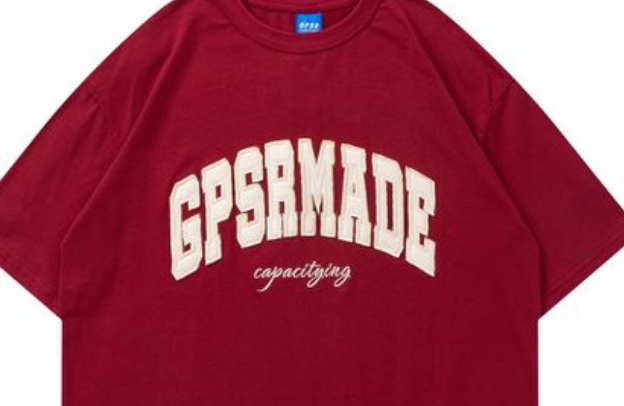The clothing production process involves multiple links, including design, pattern making, cutting, sewing, quality inspection, etc. The following is an in-depth detailed analysis of the clothing production process:
1. Design: The first step in clothing production is to design. Designers create styles and patterns for clothing by hand drawing or using tools such as clothing CAD software. Factors such as clothing function, style, fabric selection, cut method, size and fashion trends need to be considered during the design process.
2. Pattern making: After completing the design, pattern making is required. Pattern making is to make clothing templates of each size based on the design draft. This process is usually carried out through clothing CAD software, where the designer generates the specific shape and size of each size on the computer based on human body size data and design requirements.
3. Fabric procurement: Purchase fabrics based on pattern making results and fabric requirements. The choice of fabric is related to factors such as clothing style, season and budget. When choosing a fabric, you need to consider its feel, breathability, dyeing performance and durability.
4. Cutting: After obtaining the fabric and pattern making, enter the cutting stage. The cutter cuts the fabric according to the size and number of pieces based on the pattern making results. When cutting, you need to pay attention to the direction, texture and symmetry of the fabric to ensure that the cut fabric is consistent with the design requirements.
5. Sewing: After completing the cutting, enter the sewing process. Sewing workers perform splicing, sewing and decoration operations based on the cut fabric pieces. This process requires precise techniques and skilled handwork to ensure the quality and appearance of the garments.
6. Accessory processing: In addition to sewing the main fabrics, accessories processing is also required. For example, making button holes, plackets, installing zippers, processing pockets, additional patches, etc. These steps require accurate position measurement and processing according to design requirements.
7. Ironing and shaping: After sewing is completed, the clothes need to be ironed and shaped to give them a smooth appearance and good placement. Effect. This process requires the use of ironing equipment, steam machines and other tools, as well as different ironing methods and temperature controls according to the material and style of the clothes.
8. Quality inspection: At the final stage of clothing production, quality inspection is carried out. Quality inspectors will conduct a comprehensive inspection of the clothing, including fabric quality, dimensional accuracy, completeness of workmanship details, etc. If any quality problems occur, they need to be repaired or adjusted in time.
9. Packaging and shipping: After passing the quality inspection, the clothing will be packed and ready for shipment. During the packaging process, attention should be paid to details such as folding, placing, and labeling of clothing to ensure the appearance and protection of the product.
10. Sales and after-sales support: Finally, the completed clothing will enter the sales channel. Sales staff will bring it to the market and provide after-sales support, such as answering user questions, handling after-sales service and maintenance feedback, etc.
The above are the general details of the clothing production process. Different clothing production processes and needs may have different details. Making high-quality clothing requires a professional team, fine craftsmanship and strict quality control.





